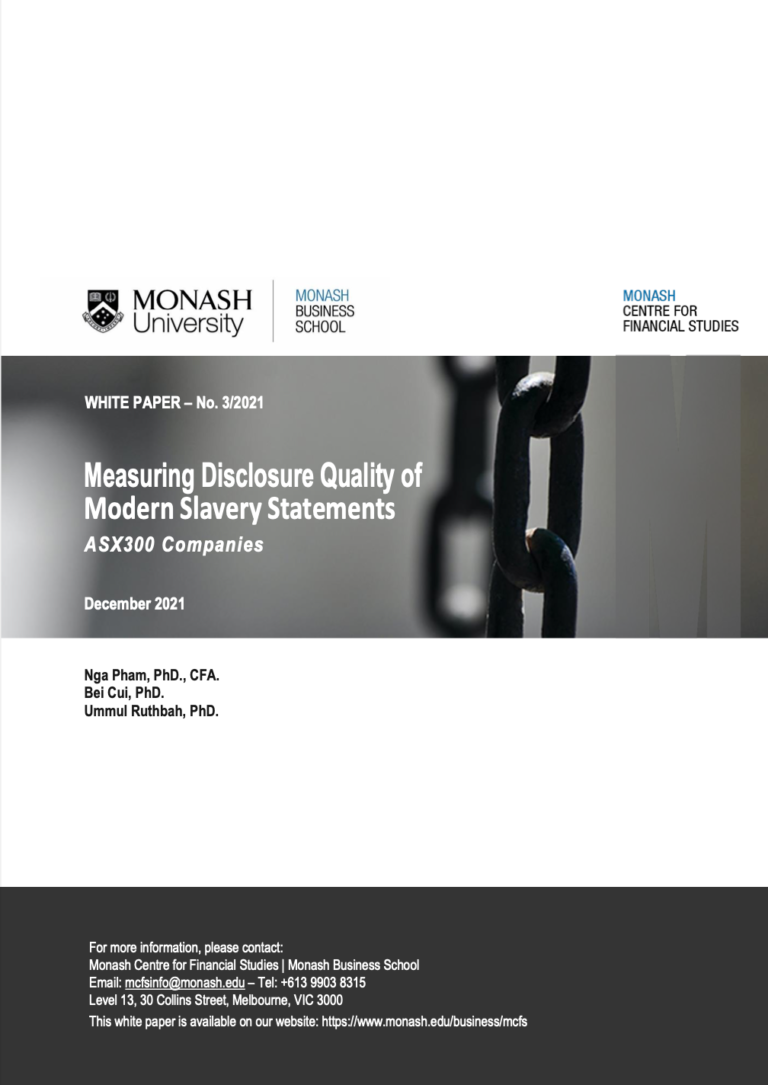Eradicating Modern Slavery: An assessment of Commonwealth governments’ progress on achieving SDG Target 8.7
GuidanceAt the 2018 Commonwealth Heads of Government Meeting (CHOGM), states committed to achieve the United Nations Sustainable Development Goal (SDG) Target 8.7, by taking “effective measures to eradicate forced labour, end modern slavery and human traf...Read More

